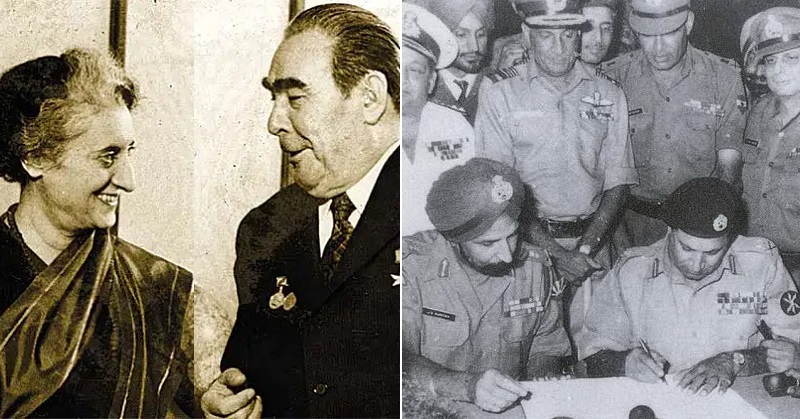
The whole world knows that India and Russia are all-weather friends and the bond between is not just because of strategic relations, but also the bond between people of two nations. Since the days of the USSR, Soviet Russia and now Russia mostly sided with India and India mostly sided with Russia.
Even today, when India is aligning with USA and Russia is aligning with China, Russia and India are still each other’s closest friends. That’s why many Indians, during the Ukrainian crisis, are supporting Russia, even after knowing the fact that Russia starts this war and bombs Ukrainian cities mercilessly. Till today, two Indians confirmed died in Ukraine.
ADVERTISEMENT
Meanwhile, India has kept a careful silence while the rest of the world watches the Russian invasion of Ukraine. India is now in a precarious diplomatic situation as a result of the issue.
That’s why many people around the world are wondering why India remains relatively mute on Russia’s invasion of its small neighbouring country as the war between Russia and Ukraine erupts in eastern Europe. But like most Indians value relations more than business and bilateral ties, it also reflects in our foreign policy. Though India urged both sides to stop the war and didn’t take a stand in favour of Russia, it also not slammed Russia for this aggression.
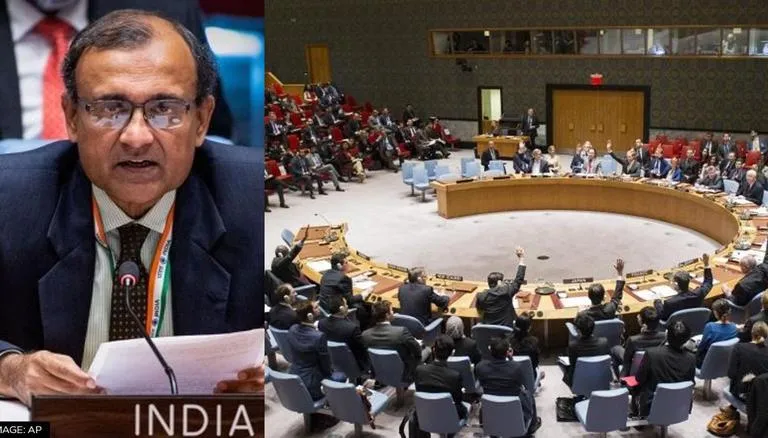
Why does India still support Russia even after knowing that aligning with Russia doesn’t give us something?
Some hints can be found by looking back in time.
On August 9, 1971, India and the Soviet Union signed a ‘Peace and Friendship’ pact, laying the groundwork for a spectacular victory in Bangladesh’s independence struggle three months later.
ADVERTISEMENT
In 1971, India was in a precarious condition due to an unacceptably large refugee population. In the forthcoming fight, the United States, the United Kingdom, and China were all on Pakistan’s side.
India’s only option was to win the help of the Soviet Union as a balancing power. The pact reached in New Delhi by India’s Sardar Swaran Singh and the Soviet Union’s redoubtable Andrei Gromyko, foreign ministers of their nations respectively, ensured that India thwarted any conceivable Anglo-American and Chinese assistance to Pakistan.
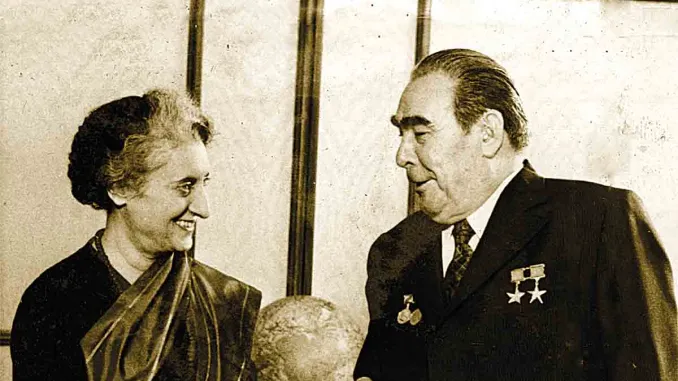
How Russia aided India’s victory in the 1971 war
Task Force 74 was a naval task force that existed on two separate occasions. During the Pacific campaign, the first Task Force 74 was a combined Allied force comprising Royal Navy, Royal Australian Navy, and United States Navy ships that operated against Japanese troops from 1943 until 1945. The second Task Force 74 was formed from the Seventh Fleet of the United States Navy, which was dispatched to the Bay of Bengal by the Nixon administration in December 1971, at the height of the Indo-Pakistani War.
In reaction to the American military presence in the area, the Soviet Union, which was actively supporting Indian efforts both politically and militarily during the war, deployed two groups of cruisers and destroyers, as well as a submarine equipped with nuclear bombs.
If and when the crisis erupted, the Indo-Soviet pact would protect India against any potential Chinese participation in Pakistan’s favour. As a result of this, armed Indian intervention and the independence of East Pakistan became evident to Pakistan’s leadership.
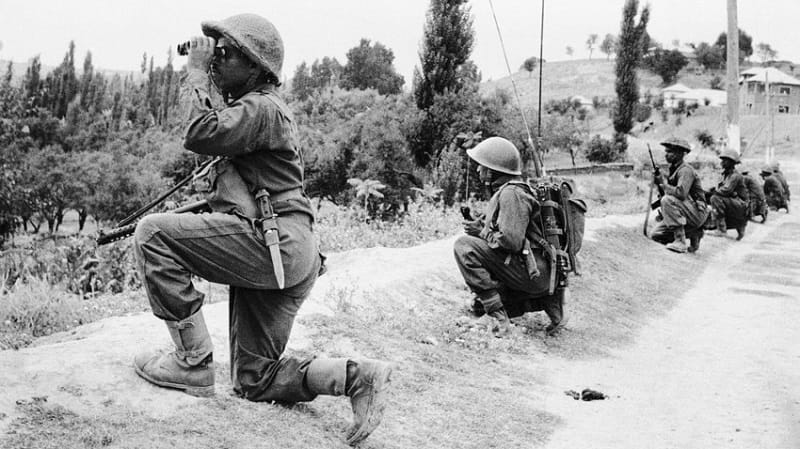
Operation Chengiz Khan: Operation launched by Pakistan
Pakistan launched Operation Chengiz Khan on December 3, 1971, marking the official start of warfare in the Indo-Pak conflict. In the western theatre, India’s reaction was a defensive military plan, whereas, in the eastern theatre, it was a vast, organized, and effective assault drive. The US initiated efforts for an UN-sponsored ceasefire on December 5, which were twice blocked by the USSR in the UN Security Council.
ADVERTISEMENT
On December 6, India extended its recognition to Bangladesh.
Washington got intelligence reports on December 8th that India was organizing an attack on West Pakistan. The US Task Force 74, a ten-ship naval task force launched from the Seventh Fleet off the coast of South Vietnam, was sent into the Bay of Bengal in response to this scenario.
The task force was to be led by the USS Enterprise, the world’s biggest aircraft carrier at the time and remains today. With 70 fighter planes, the Enterprise was the world’s biggest nuclear-powered carrier, weighing 75,000 tonnes. With 20 fighter aircraft, India’s Navy was commanded by the 20,000-tonne INS Vikrant.
At the same time, the UK’s aircraft carrier HMS Eagle was sent out to the Arabian Sea. India would be trapped in a ‘pincer’ strike if all went according to plan. The US was taken in the Bay of Bengal, the UK in the Arabian Sea, and Pakistan was caught on land, if this happens that India would definitely be defeated. The United States and the United Kingdom hoped that China would strike India as well.
ADVERTISEMENT
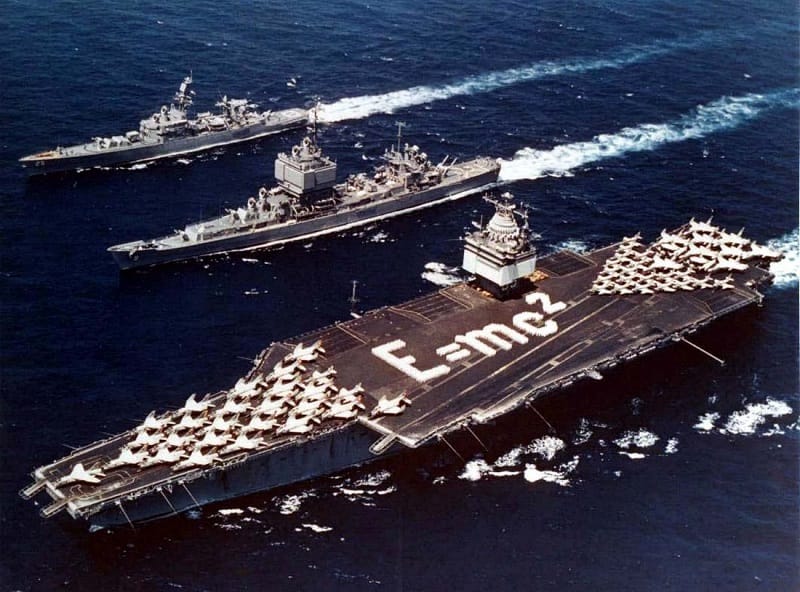
SOS signal sent by New Delhi to Moscow that made our win possible
India discreetly urged that a secret section of the Indo-Soviet security pact be activated, requiring Russia to defend India in the event of an external assault.
On December 13, Russia launched a nuclear-armed flotilla from Vladivostok under the overall leadership of Admiral Vladimir Kruglyakov, Commander of the 10th Operative Battle Group, to oppose this two-pronged British-American menace (Pacific Fleet).
Despite the fact that the Russian navy had a large number of nuclear-powered ships and submarines, its missiles had a restricted range, merely less than 300 km. As a result, in order to successfully attack the British and American fleets, Russian commanders had to risk encircling them in order to draw them closer to their goal. This was accomplished with pinpoint accuracy.
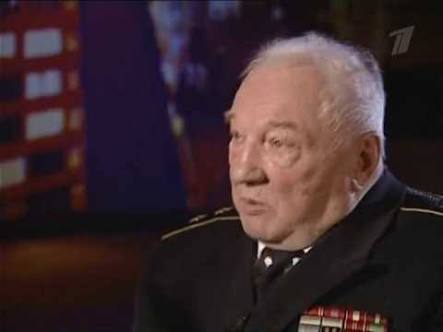
The Russians received a message from Admiral Dimon Gordon, the commander of the British carrier battle group, to the commander of the Seventh Fleet, saying,
ADVERTISEMENT
“Sir, we are too late. There are Russian atomic submarines here, and a big collection of battleships.”
The British ships headed for Madagascar, while the larger US task force came to a halt just before entering the Bay of Bengal.
In terms of military capabilities, the 1971 war is regarded as modern India’s greatest moment. The swift response of the Indian army, navy and air force led from the front. A brass commanded by the famous Sam Manekshaw and the political leadership’s constant international campaigning all contributed to Bangladesh’s freedom and victory for India.
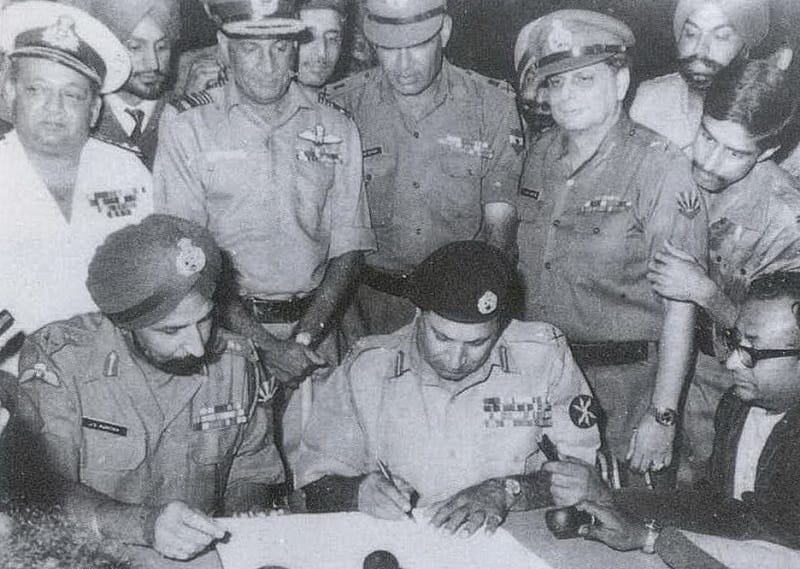
ADVERTISEMENT











